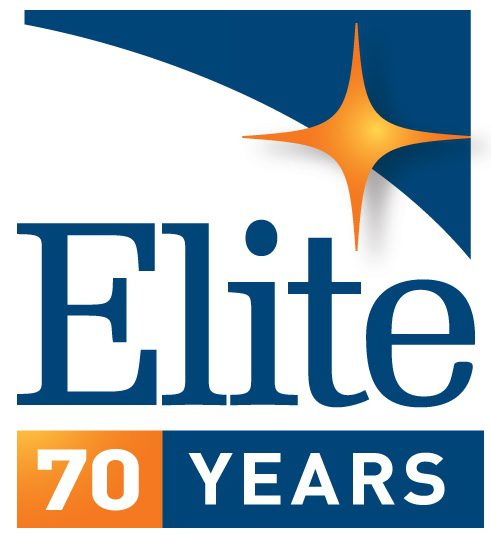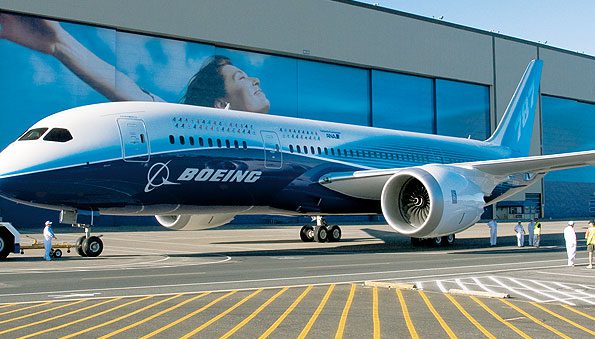 Ice that clings to the skin of an aircraft is not decorative. It adds weight, it impedes moving parts, and it reduces visibility. An airplane cruising at 35,000 feet is moving through thin air with temperatures below -60⁰ F. If there is moisture, ice is going to form.
Ice that clings to the skin of an aircraft is not decorative. It adds weight, it impedes moving parts, and it reduces visibility. An airplane cruising at 35,000 feet is moving through thin air with temperatures below -60⁰ F. If there is moisture, ice is going to form.

The Radio Technical Commission for Aeronautics (RTCA) standard DO-160 prescribes icing tests for aircraft components. Section 24 of DO-160 defines three equipment categories vulnerable to icing.
- Category A – Equipment installed externally or in an area of the aircraft that is not temperature controlled. The concern is ice or frost forming from condensation when exposed to extremely low temperatures.
- Category B – Equipment with moving parts that are inhibited in operation from ice buildup.
- Category C – Equipment or surfaces where water accumulation is a risk and is not temperature controlled. The allowable thickness of ice buildup is determined by the equipment’s performance standards.
Icing Condition Test Procedures
Tests for the three equipment categories have application-specific temperature and moisture cycles. All require thermal chambers to provide the temperature extremes called for in the standard.
- Category A is intended for equipment exposed on the outside of the aircraft. The device under test (DUT) is fitted with thermocouples and placed in the test chamber alongside a metal test bar that serves as a reference indicator of ice thickness. The chamber is set to the prescribed temperature until the DUT temperature is stabilized at the Ground Survival Low Temperature specified in DO-160. A uniform water spray is applied as the ice thickness is monitored over time. Steps are repeated until the prescribed ice thickness has been reached. After four hours have passed, photos are taken of the DUT before it is removed to check its condition. The DUT is then brought to room ambient temperature and checked for proper operation.
- Category B applies to equipment to moving parts, requiring temperature and atmospheric pressure to be varied. The chamber’s relative humidity is set at 95% as the temperature and pressure are cycled 25 times. After the final cycle, the DUT is stabilized at -20˚ C and checked that it meets its performance standards.
- Category C tests equipment that is not operating, stabilized at a temperature allowing clear, hard ice to form with a fine water spray. When the ice is at a thickness required by its performance standard, the DUT is maintained at -20˚ C and checked that it meets its performance standards.
Icing Tests at Elite
Elite’s long experience in aerospace compliance verification extends to DO-160 icing tests. Using state of the art thermal chambers, aerospace components are tested with the precision that aviation safety requires. Icing tests are run in Elite’s thermal chambers on DUTs in a variety of sizes and configurations.
Test Preparation and Procedure

One of Elite’s thermal chambers used in icing tests
Prior to the actual test, preliminary information from the customer’s test plan is reviewed to confirm the DUT’s configuration. The test plan is developed by Elite after careful discussion with the customer on details such as the DUT’s operation, the ice thickness required, and the type of baseline test required to confirm success.
When the test is scheduled, the test chamber and its accompanying chilled water tank are prepared. The DUT is placed in the chamber in the configuration specified in the test plan. The DUT is given an operational checkout to establish a baseline, the temperature in the chamber is verified, and the icing process begins.

Setup inside thermal chambers for an icing test
Ice accumulation is checked periodically. When ice accumulation reaches the appropriate level, the water spray is turned off and the DUT is maintained at subzero temperatures for four hours to allow the ice to harden.
After the prescribed time has passed, photos are taken of the ice buildup and the DUT is examined for damage and excess water ingress. The DUT is later brought to ambient temperature and checked for proper operation as given in the test plan.
Avionic equipment needs to work, ice or no ice. Contact the experts at Elite for more information on the DO-160 icing tests for your avionic device.



















